Modern livestock production faces numerous challenges.
Sustainability of feed resources, disease outbreaks, antibiotic resistance, and multifaceted animal welfare concerns are increasingly coming into focus.
The choice of feed can profoundly influence strategies for addressing these challenges.
Under the umbrella of RWA (Raiffeisen Ware Austria), companies PATENT CO. DOO Misicevo and agromed Austria GmbH are combining resources to achieve a common goal: PROMOTING ANIMAL WELFARE.
Through the development of high-quality feed additives – mycotoxin management products, groundbreaking fibres, and powerful phytogenics –, the research and development department led by Marko Vasiljević, continuously adjusts the portfolio to meet evolving market demands.


How do you envision the future of mycotoxin risk management in livestock production and what role do you see PATENT CO. and agromed playing in driving innovation and sustainability in this area?
The future of mycotoxin risk management in livestock production is poised to be transformative, with PATENT CO. and agromed at the forefront of driving innovation.
As awareness of the impact of mycotoxins on animal health and productivity grows, as well as the contamination levels over the years, so does the urgency for more effective management strategies.
Furthermore, collaboration between industry leaders, academic institutions, and regulatory bodies will be crucial in establishing global standards for mycotoxin levels and ensuring that innovative solutions are accessible and affordable for producers worldwide.
![]() As global climate patterns shift, the prevalence of certain mycotoxins, such as emerging mycotoxins, may increase, necessitating robust detection and mitigation strategies.
As global climate patterns shift, the prevalence of certain mycotoxins, such as emerging mycotoxins, may increase, necessitating robust detection and mitigation strategies.


Can you elaborate on the significance of mycotoxicosis for animal health and productivity, especially concerning the products and services offered by PATENT CO. and agromed?
Mycotoxins pose significant risks for animal health and productivity, with implications that extend into the realm of food security.
These toxic compounds can contaminate animal feed, leading to a range of adverse health effects such as:
- ⇰ Immunosuppression
- ⇰ Reduced growth rates
- ⇰ Reproductive challenges
This creates a pressing need for robust monitoring systems and adaptive management strategies to mitigate the impact of mycotoxins on livestock, ensuring sustainable animal production systems in a changing global climate.
Our laboratory in Serbia is equipped with state-of-the-art analytical devices, such as HPLC and LC-MS/MS.
The latter is used for a multi-mycotoxin analysis of feedstuff and feed samples that are gathered from all around the world.
![]() This allows for fast and precise analytical quantification of the mycotoxin contamination, which is a first and important step in understanding the mycotoxin risk.
This allows for fast and precise analytical quantification of the mycotoxin contamination, which is a first and important step in understanding the mycotoxin risk.
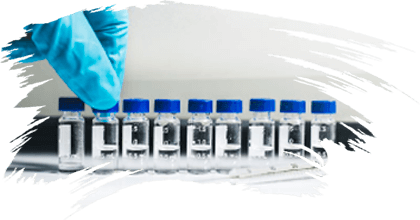

How do you interpret the mycotoxins analyses and risk, especially in the context of your MycoRange app? How does this tool assist in determining the appropriate dosage of mycotoxin deactivators?
Our new MycoRange smartphone app is an all-in-one resource for mycotoxin-related information, including guidelines on the risk levels for all farm and pet animals.
It helps customers assess the contamination levels in single feedstuffs as well as in the finished feed, using the built-in calculator.
⇰ Based on this assessment, the correct dosage of the mycotoxin deactivators, is suggested, allowing optimal protection of the animal.
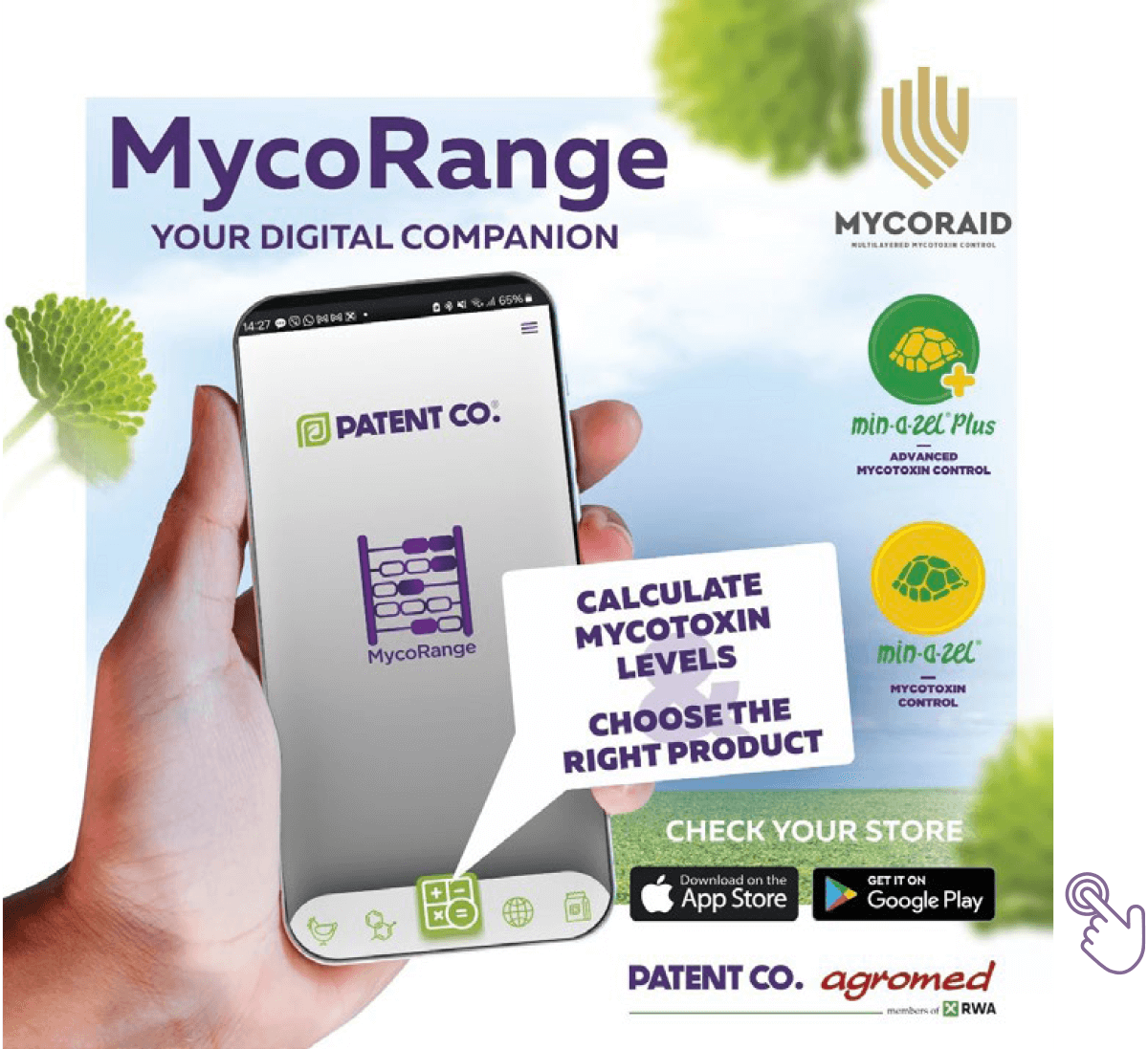

Could you describe the laboratory facilities and research capabilities at PATENT CO. and agromed?
At PATENT CO. and agromed we are focused on research and development of new products and concepts in mycotoxins, phytogenics and wood-based lignocellulose.
Biotransformation of mycotoxins is the main activity of R&D and product development at PATENT CO.
Mycotoxin remediation research at PATENT CO. involves selecting microbes and engineering enzymes for degradation of mycotoxins.
⇰ This involves in-house research and cooperation with our partners from Europe and Asia to increase our capabilities and strengths.
Visit PATENT CO.’s in-house facilities
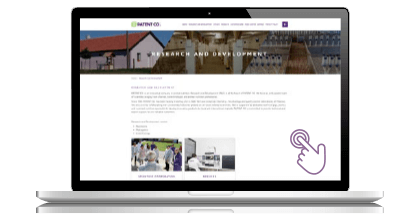
Our microbiological and analytical labs comprise of all modern equipment, including LC-MS/MS.
We also provide services that are open to all:
- ✔Mycotoxin analysis.
- ✔In vitro mycotoxin product efficacy.
- ✔Analysis of mycotoxins and metabolites in animal tissues.
Learn more about the services that PATENT CO. can offer you
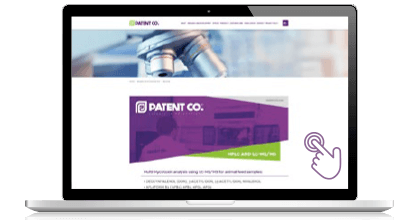

Biotransformation of mycotoxins is a growing area of interest. In your opinion, how promising is this approach for mitigating the risks associated with mycotoxin contamination in animal feed?
Biotransformation of mycotoxins, which refers to the chemical modification of mycotoxins by microorganisms or enzymes, is indeed an area garnering significant attention.
This approach holds considerable promise for mitigating the risks associated with mycotoxin contamination in animal feed.
By leveraging specific enzymes or microbes that can detoxify mycotoxins, it is possible to reduce their bioavailability and toxicity.
The effectiveness of biotransformation as a mitigation strategy depends on various factors:
- ⇰ The type of mycotoxin
- ⇰ The microbe or enzyme used for detoxification
- ⇰ The conditions under which biotransformation occurs
Ongoing research is crucial to identify and optimize these variables to enhance the efficacy of mycotoxin mitigation by biotransformation.

Can you discuss the role of collaborative partnerships with academic institutions and research organizations in advancing the understanding of mycotoxin contamination and developing novel mitigation strategies?
Collaborative partnerships with academic institutions and research organizations play a pivotal role in enhancing our understanding of mycotoxin risk management.
These partnerships leverage diverse expertise and resources, fostering an interdisciplinary approach to research that can lead to more comprehensive insights into the occurrence, detection, and effects of mycotoxins.
Furthermore, such collaborations are instrumental in devising innovative mitigation strategies.
By combining the cutting-edge research capabilities of academic institutions with the practical, application-focused approaches of PATENT CO. and agromed, these partnerships can accelerate the development of new technologies and methodologies that effectively reduce mycotoxin levels in food and feed products.
![]() In the past and present, we have partnered with several esteemed institutes from Europe, USA, India, LATAM and Southeast Asia.
In the past and present, we have partnered with several esteemed institutes from Europe, USA, India, LATAM and Southeast Asia.

PATENT CO. and agromed offer several products for mycotoxin remediation. Could you provide more insight into the functionality and application of these products?
Our core product line contains high-quality clinoptilolite and organically modified clinoptilolite solutions, namely MINAZEL® and MINAZEL® PLUS.
![]() Organic modification enables us to adsorb a wider range of mycotoxins quickly and irreversibly, both polar and non-polar.
Organic modification enables us to adsorb a wider range of mycotoxins quickly and irreversibly, both polar and non-polar.
As a result of years of further research and development, we have recently launched a new product – MYCORAID, that combines the high efficacy of mycotoxin and other biotoxin adsorption with advanced biotransformation, hepatoprotection, and immunoprotection.
This provides a synergistic effect that has a profound effect on the mycotoxin remediation, as well as the immune system and performance parameters of the farm animals.
![]() Its safety and efficacy are proven by in vivo trials and publications in peer-reviewed journals.
Its safety and efficacy are proven by in vivo trials and publications in peer-reviewed journals.
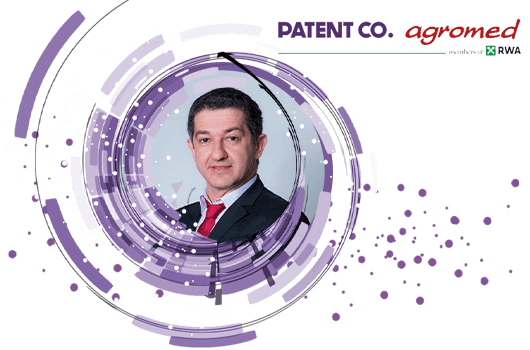
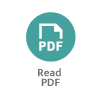

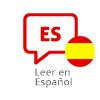
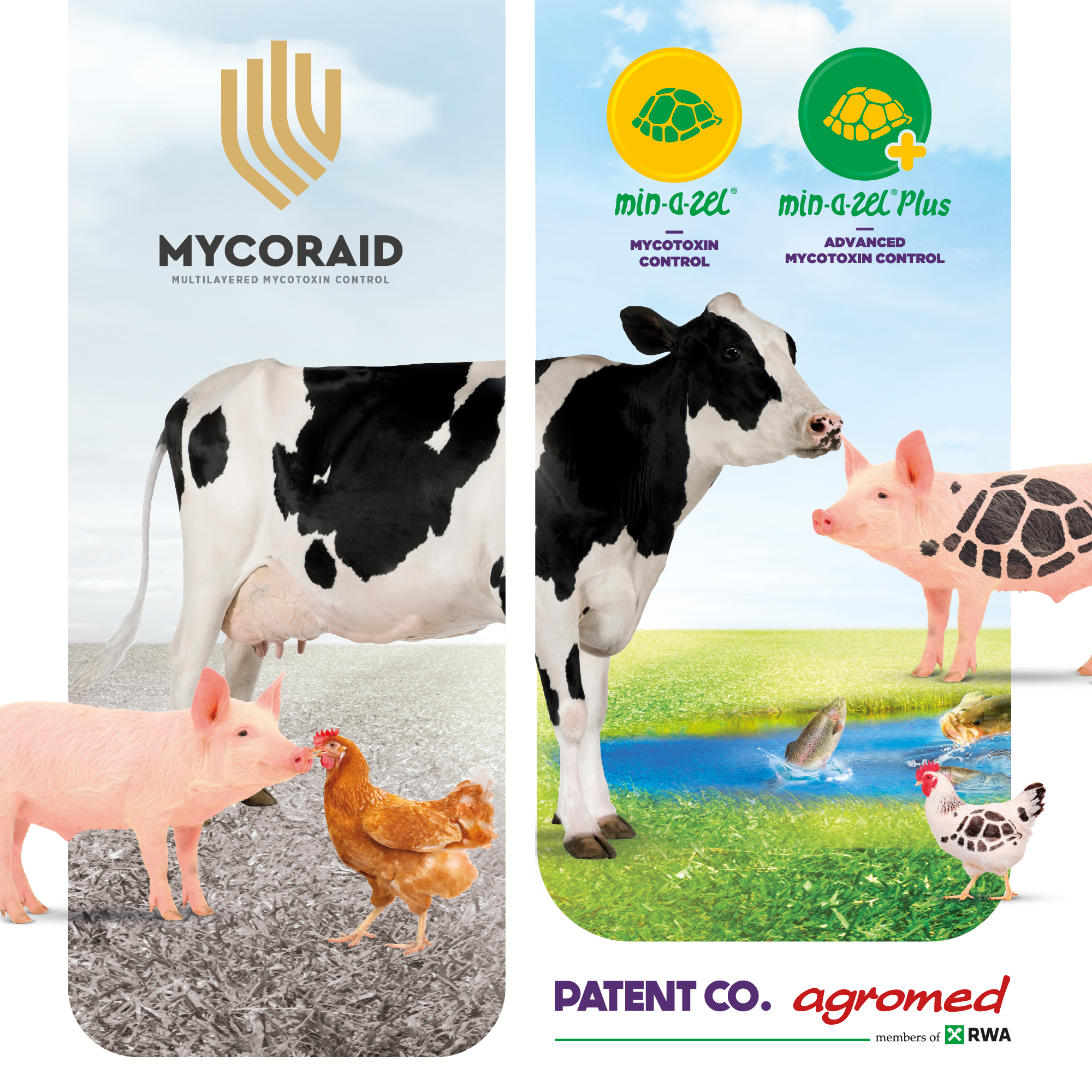
 Micotoxicosis prevention
Micotoxicosis prevention